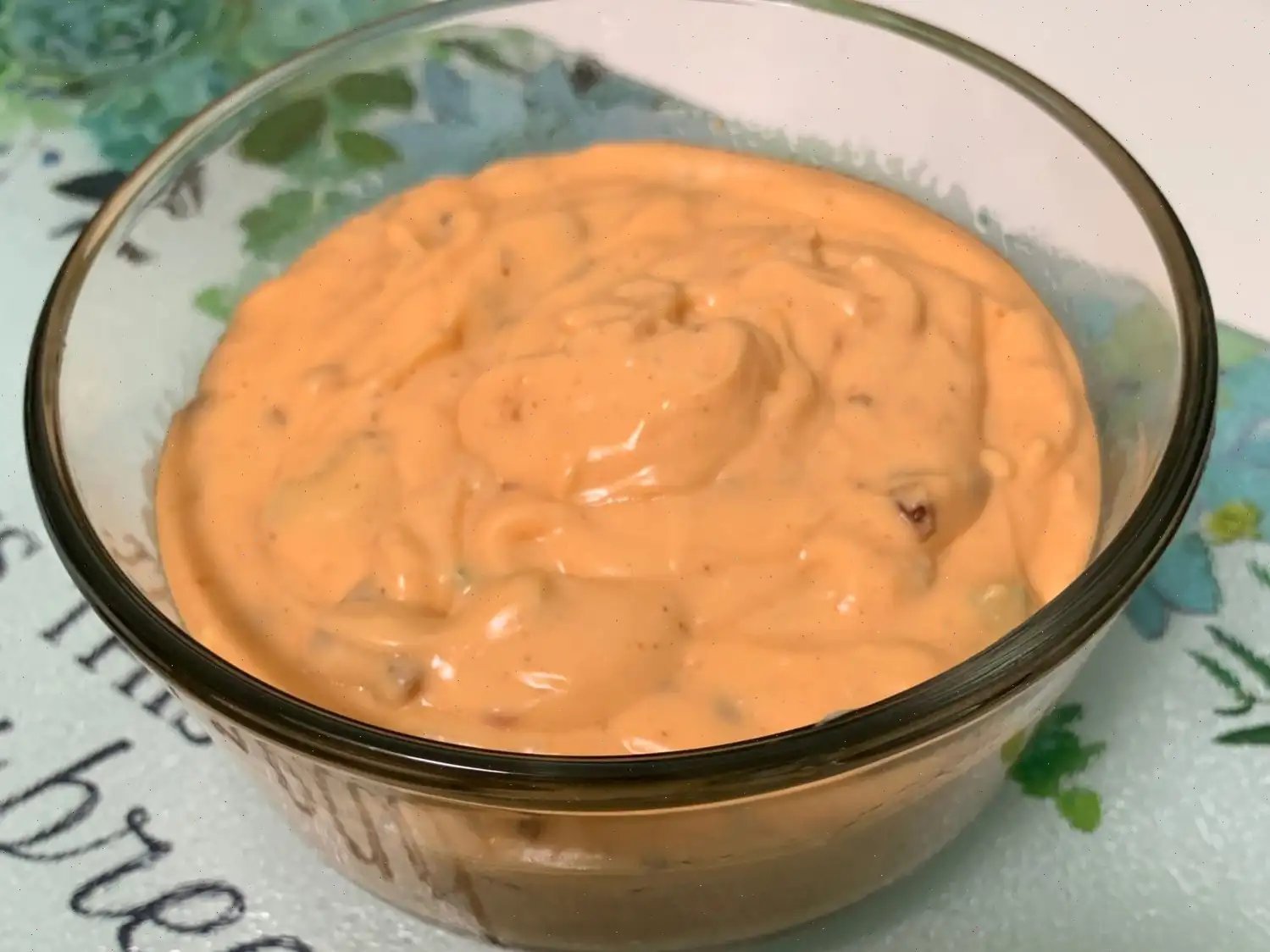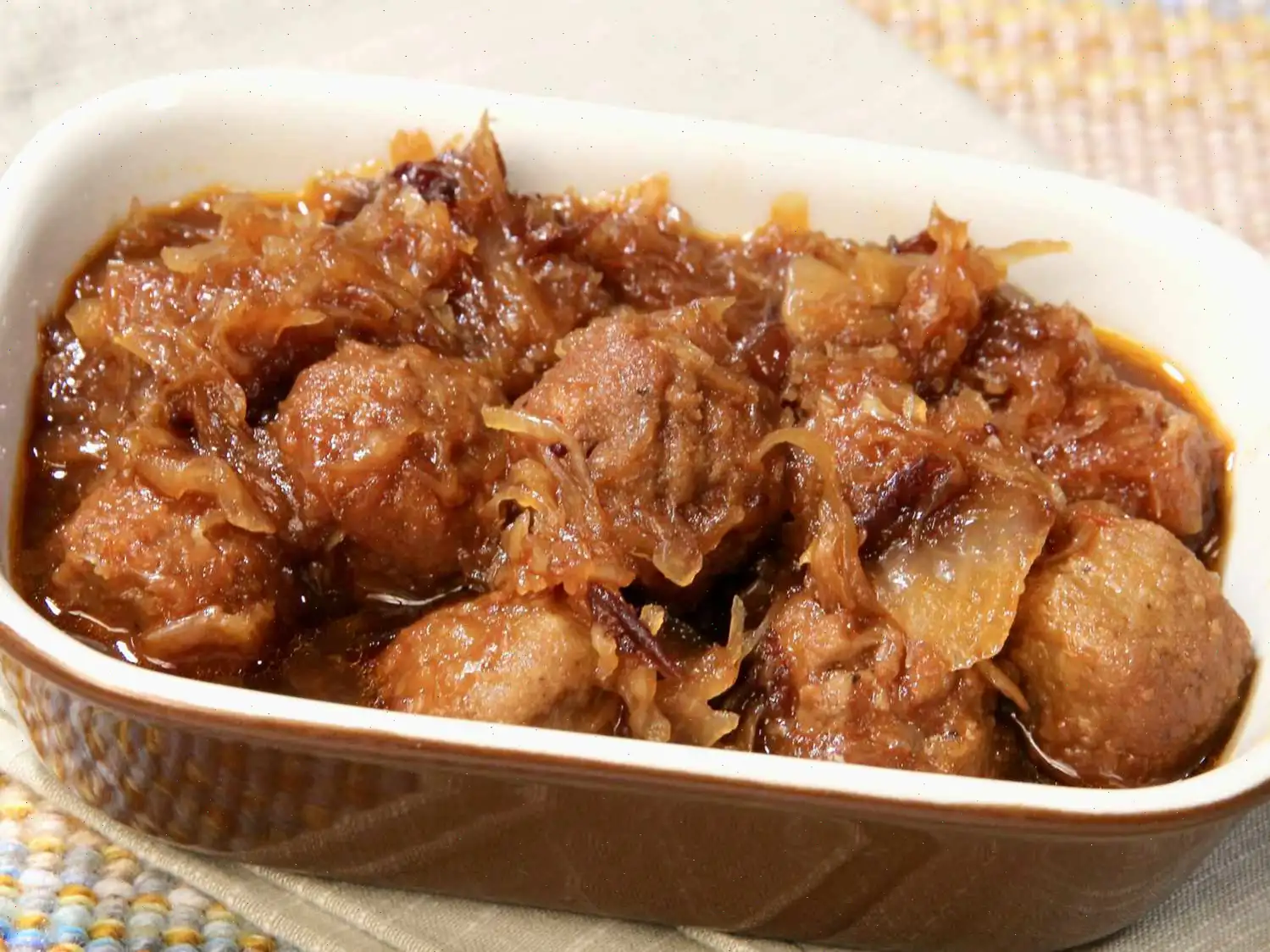
Mint Yogurt Sauce Recipe
Ingredients
This recipe was developed at its original yield. Ingredient amounts are automatically adjusted, but cooking times and steps remain unchanged. Note that not all recipes scale perfectly.
- 1/2 cup Greek yogurt
- 1/2 cup chopped fresh mint
- 1 1/2 teaspoons freshly squeezed lemon juice
- 1 clove garlic, pressed
- 1/4 teaspoon salt, or to taste
- 1/4 teaspoon freshly ground black pepper, or to taste
- 1/8 teaspoon ground cumin
Directions
- In a bowl, combine the Greek yogurt, chopped mint, freshly squeezed lemon juice, pressed garlic, salt, black pepper, and ground cumin.
- Stir everything together until all the ingredients are well combined.
- Serve immediately, or chill in the fridge for an extra burst of freshness before serving.
Nutrition Facts (per serving)
| Nutrition Facts | Amount per Serving |
|---|---|
| Calories | 20 |
| Total Fat | 0g |
| Saturated Fat | 0g |
| Cholesterol | 1mg |
| Sodium | 144mg |
| Total Carbohydrate | 2g |
| Dietary Fiber | 0g |
| Total Sugars | 1g |
| Protein | 3g |
| Vitamin C | 1mg |
| Calcium | 40mg |
| Iron | 0mg |
| Potassium | 62mg |
Servings Per Recipe: 4
* Percent Daily Values are based on a 2,000 calorie diet. Your daily values may be higher or lower depending on your calorie needs.

This Mint Yogurt Sauce is a refreshing and versatile condiment, often used as a dipping sauce, salad dressing, or drizzled over various dishes. With its cool and tangy flavor, it pairs well with grilled meats, fresh vegetables, and flatbreads. Lets explore the origins, regional variations, and interesting facts about this delightful sauce.
Origin and History
The origins of mint yogurt sauce trace back to the Mediterranean and Middle Eastern regions, where yogurt has been a staple ingredient for centuries. Yogurt-based sauces are deeply ingrained in the culinary traditions of these regions, often used to balance the heat of spicy dishes and to provide a cool, refreshing contrast. Mint, a herb commonly found in these areas, adds a burst of freshness that complements the richness of yogurt. The combination of mint and yogurt is not only a traditional pairing but also a symbol of the region's culinary ingenuity.
Regional Variations
In the Mediterranean and Middle Eastern regions, variations of this mint yogurt sauce can be found in many countries. In Greece, for instance, it is often referred to as a tzatziki sauce, which includes additional ingredients such as cucumber and olive oil. In Indian cuisine, a similar sauce known as raita is commonly served with curries and biryanis, and it can be spiced with cumin, coriander, or mustard seeds. While the base of yogurt and mint remains consistent, these regional variations are shaped by local preferences and available ingredients.
How It Differs from Similar Dishes
Although mint yogurt sauce is often compared to other yogurt-based condiments like tzatziki or raita, there are notable differences. Tzatziki usually includes cucumber, garlic, and olive oil, giving it a thicker consistency and a more savory profile. Raita, on the other hand, may include a variety of spices such as cumin or mustard seeds, and it often contains grated vegetables or fruit for additional texture and flavor. Mint yogurt sauce, in contrast, is simpler, focusing solely on the fresh mint flavor, which makes it lighter and more refreshing.
Where Its Served
Mint yogurt sauce is typically served as an accompaniment to various dishes. In the Mediterranean, its often served alongside grilled lamb or chicken kebabs, roasted vegetables, and pita bread. In India, raita made with mint yogurt is a common side dish for spicy curries and biryanis. The sauce is also popular as a salad dressing, or as a dip for fresh vegetables and appetizers. Its versatility makes it an excellent addition to a wide range of meals, especially those that need a cooling, tangy contrast to spicy or savory flavors.
Interesting Facts
1. Mint has been used in cooking for thousands of years, not only for its flavor but also for its medicinal properties. It is believed to aid in digestion and relieve headaches.
2. Yogurt, the base of this sauce, has been consumed for millennia, particularly in the Mediterranean and Middle Eastern regions. It is known for its probiotic benefits, which promote gut health.
3. This sauce is incredibly easy to make, requiring just a few ingredients that are common in most kitchens, making it a convenient addition to any meal.
4. While this sauce is traditionally served cold, it can be used warm as well, depending on the dish it accompanies. For example, it pairs beautifully with grilled meats and vegetables, where the cool sauce contrasts with the hot food.
Try making this refreshing mint yogurt sauce at home, and discover the delightful flavors it adds to your favorite dishes!
You can listen to this recipe in AI audio format. Simply click the play button below to listen to the content in a format that suits you best. It’s a great way to absorb information on the go!








